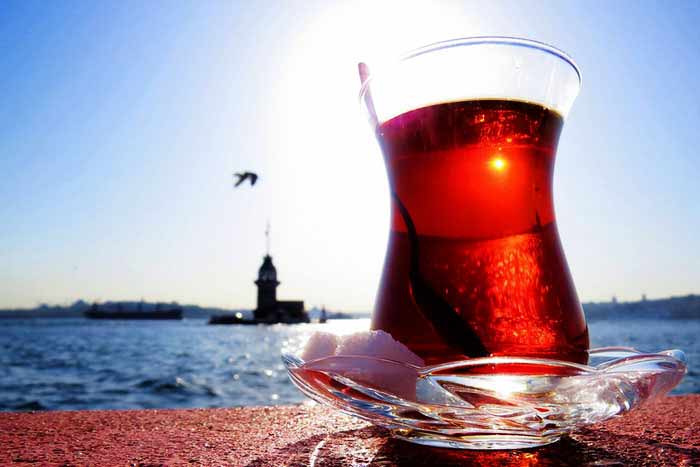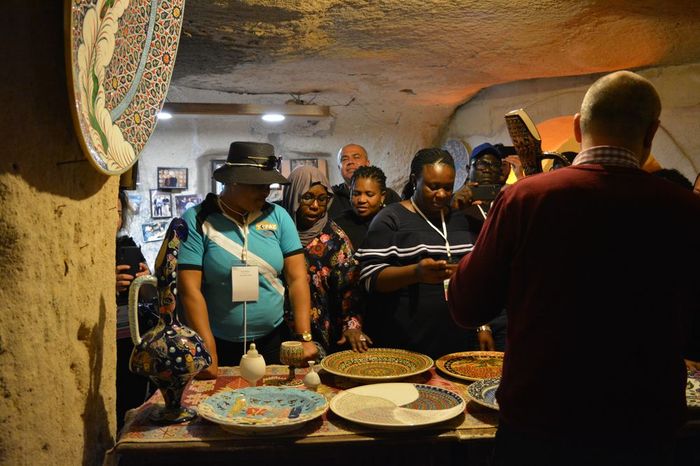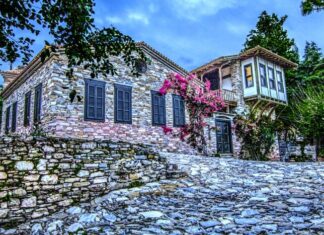Beyazit Tower
The tower has the best panorama of the city; however no visitors are allowed due to the tower is still serving its original purpose since it was built, fire-watching.
Beyazit meydani.
Kiztasi (Column of Marcian)
This 9 meter high granite column rising on a marble base was built for the Emperor Marcianus in 450. Its Turkish name (the Maiden`s Column), most probably, comes from the goddess figures on its base.
Macarkardesler Caddesi (Fatih).
The Rumeli Fortress
Fatih Sultan Mehmet had this fortress in the European part built during the preparations for the conquest in an incredibly short time in 1452. Rumeli Hisari is probably the best example of typical Ottoman fortress architecture. Right across it, in the Anatolian side, is a smaller fortress, Anadolu Hisari.
The Selimiye Barracks
This square shaped barracks from the 19th century stands at the ridges of Uskudar with its magnificence. It had become famous with Florence Nightingale who treated the British soldiers here during the Crimea War. Uskudar
Theodosion Walls
These city walls, that are made of stone and partially roof tile, 6.5 kilometers long with 7 gates were built during the reign of Theodosius U between 412- 423. The walls extend from the Sea of Marmara to the golden Horn could not be taken over for more than 1,000 years and kept its fame as the strongest construction of the Medieval Age.
Bozdogan Aqueduct (Valens)
Some 800 meters of this aqueduct, made by Emperor Valens (364-378), is standing that used to be 1,OOO meters originally. The water for the great fountains in Beyazit Square used to pass through these arches. Ataturk Bulvari.
Yedikule
Yedikule, a pentagon inner fortress built by Fatih . Sultan Mehmet and his successors, is located at southwest intersection point of the city walls.
A perfect fortress and the panorama `the old city can be watched from Altin Kapi, one of the parts of the fortress that was added later.
Cemberlitas (The Column of Constantine)
Cemberlitas is the oldest construction in Istanbul. Constantine the Great had it built after Constantinople had been declared as the capital of Byzantine, Roman Empire in 330.
It had been in the middle of Constantine Forum then.
At the top, there had been a statue of the emperor in the form of Helios, the God of Sun.
Its name comes from the iron circles surrounding its body.
Read More about Hagia Sophia








